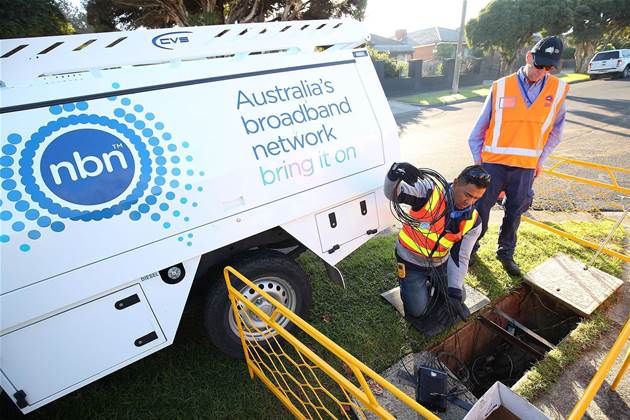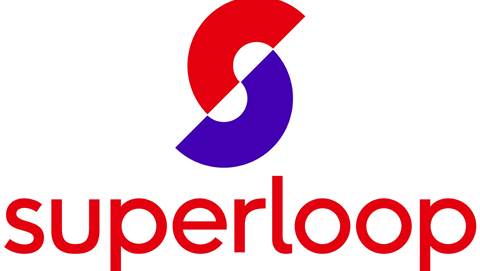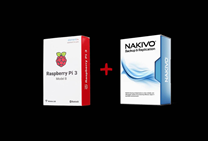NBN Co has activated DOCSIS 3.1 for several thousand premises connected to its HFC network in Sydney and Melbourne.

The network builder has brought forward the timeline on its planned DOCSIS 3.1 deployment by several months, having previously put a “late 2018” timeline on the work.
It said the use of DOCSIS 3.1 would “double downstream capacity” on its HFC network, and allow the company to stop using other methods to increase capacity, such as physical and virtual node splits.
Last year, just prior to placing a stop-sell on the HFC network, NBN Co revealed it would have to perform a greater number of physical node splits to reduce oversubscription of HFC services.
“Prior to launching DOCSIS 3.1 the only way NBN Co could increase capacity on the HFC network was by installing new optical nodes; a process known as node-splitting, to reduce the number of premises served by the existing optical nodes on the network,” NBN Co said in a statement.
“Using technology from our HFC technology partner Arris, NBN Co is planning to deploy DOCSIS 3.1 technology across the vast majority of the NBN HFC broadband access network by 2020 in both the downstream and upstream directions.”
NBN Co has not published a list of areas where DOCSIS 3.1 has already been enabled, nor a rollout schedule for the technology.
Given it is being fast-tracked in part to address capacity concerns, it is understood that HFC areas with the biggest capacity issues - and which were likely still in line for node splits - will be the first to receive DOCSIS 3.1.
This is most likely to be HFC areas that are outside the 18-month activation window and have seen take-up rates in excess of 75 percent of premises.
The other potential benefit of DOCSIS 3.1 is support for much higher speed services but it appears this is off the table for now.
NBN Co has previously said DOCSIS 3.1 could enable up to 10Gbps downloads and 1Gbps uploads. The technology hit just under 1Gbps in lab tests mid last year.
“Although DOCSIS 3.1 does enable higher speeds on HFC networks that is not our core focus at this present time,” NBN Co’s chief technology officer Ray Owen said.
“From an NBN Co point of view DOCSIS 3.1 will help us increase capacity on the HFC network far more efficiently than conducting new optical node splits which will, in turn, free up construction resources elsewhere to complete the network build by 2020.
“In addition, we also look forward to the benefits that DOCSIS 3.1 will help bring on the operational side of the network in delivering a more stable and resilient network for end users.”




















